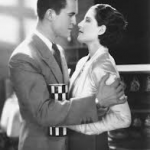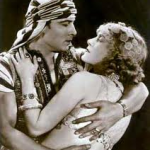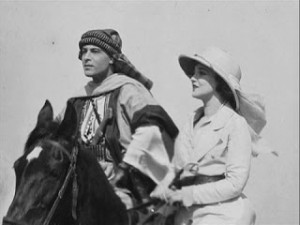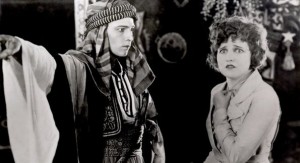Posted by Sarah
Here is a summary of the group’s discussion on Lies’ choice of film The Divorcee. Do comment or email me on sp458kent.ac.uk to add your thoughts.
The group’s discussion of The Divorcee encompassed several areas including its relation to the ‘woman’s film’ and melodrama genres; male/female relations; the film’s ‘pre-Code’ status.
In terms of suffering, one of the prerequisites for melodramas according to the AFI, the main female character Jerry (played by Norma Shearer) experiences anguish as her husband Ted (Chester Morris) has an affair. While he expects forgiveness for his indiscretion, when Jerry admits to her subsequent fling, with Ted’s best friend Don (Robert Montgomery), Ted ends the marriage. Interestingly, he is seen to suffer too – emotionally and financially. He is unable to move on from her, and he loses his job. Supporting characters are also seen to suffer. Near the film’s beginning Paul (Conrad Nagel) is upset at Ted and Jerry’s engagement. He crashes his car while drink-driving and a passenger, Dorothy (Helen Johnson), is disfigured, causing Paul to be subsumed by guilt.
We also noted the importance of costume (designed by Adrian), and hairdressing to Jerry at various stages of her journey. Post-divorce her clothes became more glamorous. (For a discussion of costume and female characters see Jane Gaines, “Costume and Narrative: How Dress Tells the Woman’s Story,” in Fabrications: Costume and the Female Body, eds. Jane M. Gaines and Charlotte Herzog (New York and London: Routledge, 1989) pp. 192-96)
While the film certainly foregrounds the Double Standard as men are able to engage in extra-marital affairs but women are not, the film handles this in a more complex way.Firstly the husband was seen to suffer too (even if this was largely from his own vanity and pride). And although the film showed the difficulties negotiated by a recently divorced woman in relation to etiquette (and Jerry and Ted ended up back together at the film’s close), it also provided a positive view of divorce for women. Jerry and Ted only reconcile because they love each other, while Jerry’s friend Helen (Florence Eldridge) is happily divorced, independent, and onto her next ‘rich as mud’ husband.
The Production Code was also discussed. Even though the film was pre-Code and contained some rather shocking dialogue between husband and wife, other aspects were clearly beyond the pale. The couple are shown to occupy separate beds and Jerry’s adultery is implied by the discreet closing of curtains rather than represented on screen. It is also notable that soon after Jerry’s divorce her Jerry’s suitors are mostly shown in a rapid montage. In these shots both Jerry and the men in her life are largely anonymous (restricted to hands and voices), though we are able to discern that there are several of them.
Many thank to Lies for choosing such a rich and enjoyable film for us to watch.



 This too starred Rudolph Valentino, this time in dual roles. As The Sheik (married to Lady Diana of the first film, again played by Agnes Ayres) and the Sheik’s son. The son’s love interest is played by Vilma Banky.
This too starred Rudolph Valentino, this time in dual roles. As The Sheik (married to Lady Diana of the first film, again played by Agnes Ayres) and the Sheik’s son. The son’s love interest is played by Vilma Banky.
